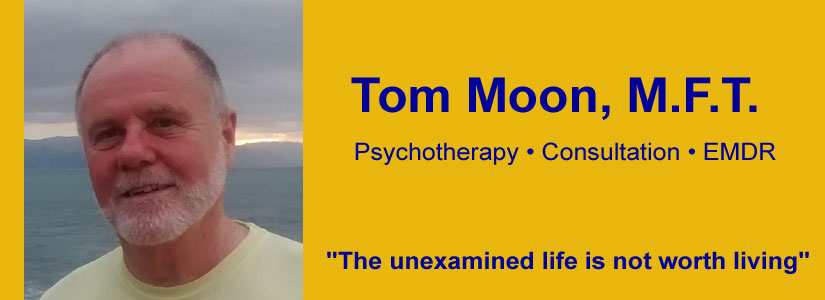The human brain didn’t evolve for dispassionately finding truth, but for ensuring our survival. It has built-in biases in the way it processes information, and neuroscience has identified specific ways in which it lies to us about what’s happening around us. These falsehoods create a lot of suffering for us. In this and the next column, I’ll examine some of the lies our brains tell us, and discuss ways we can overcome their ingrained distortions.
The first distortion is an innate negativity bias. Imagine an ancestor many thousands of years ago who hears rustling in a bush near him. Is that a lion waiting to pounce or just the wind? If he guesses that it’s just the wind when it’s actually a lion, he might get killed; but if he guesses that it’s a lion when it’s only the wind, his caution will have no negative consequences. From the dawn of history our survival depended on our skill at dodging danger, and our evolution favored those of us who were the wariest and the most alert to possible threats. The result is that we’re biologically primed to respond faster and stronger to bad things than to good things. In addition, we evolved to believe what our brains tell us. If our brains signal that we’re in danger our immediate response is usually to believe that there’s really a threat out there rather than to be skeptical about what our anxiety is telling us.
The result is that we all live with a background of unsettledness and watchfulness that is so automatic that we easily forget it’s even there. One easy way to become aware of this chronic anxiety is to try to sit at home for five minutes straight while feeling completely relaxed, undefended, comfortable and at peace in the moment. Or try walking in any public place with no tension or wariness. Most people who try exercises like this are surprised to find that they can’t do it. We live with a level of background stress, even in good times, which not only doesn’t serve us, but can be detrimental to our physical health and emotional well-being.
Here are two simple practices we can do to counteract the brain’s negativity bias:
The first is simple: just to pause several times every day and notice that, whatever difficulties you have in your life, in this moment you’re all right. The brain constantly either rehashes or rehearses. It ruminates about past suffering or anticipates future problems. It easily overlooks the fact that, in most of the moments of our lives we’re perfectly safe. Intentionally taking a few moments to notice that, whatever our problems, we’re okay right now can do much to remind us that, no matter how difficult our lives may be, they are not constant and unending struggle. Take time out regularly to abide in the uncomplicated present.
A second practice is to direct attention to what is positive in our lives. In a New York Times article in 2013, journalist Tony Schwartz described an experience he had while trying to work at his desk in a clear and focused way. Unsettling thoughts begin to arise, and each worry reminded him of another one. Soon he was being swept along by thoughts which made him anxious and unable to concentrate. He writes: “Rather than follow their lead, I decided to interrupt my snowballing reverie. Saccharine as it may sound, I began to write down everything I was feeling grateful for in that moment. I got on a roll, and after just a couple of minutes, I was not only feeling remarkably better, but also far more able to concentrate on the task at hand.”
The idea is very simple: we construct our internal reality in large part by where we put our attention. More often than we usually recognize, we can make that choice consciously and intentionally. Doing so influences not just how we feel, but also how we perform, individually and collaboratively. Focusing on problems, negative thoughts, and worries is a kind of default position for the brain. But armed with this understanding we can counteract the negativity bias by deliberately inclining our minds toward positive experiences and positive emotions such as joy, contentment, compassion, and love.
Next time: It Leaves You Wanting
